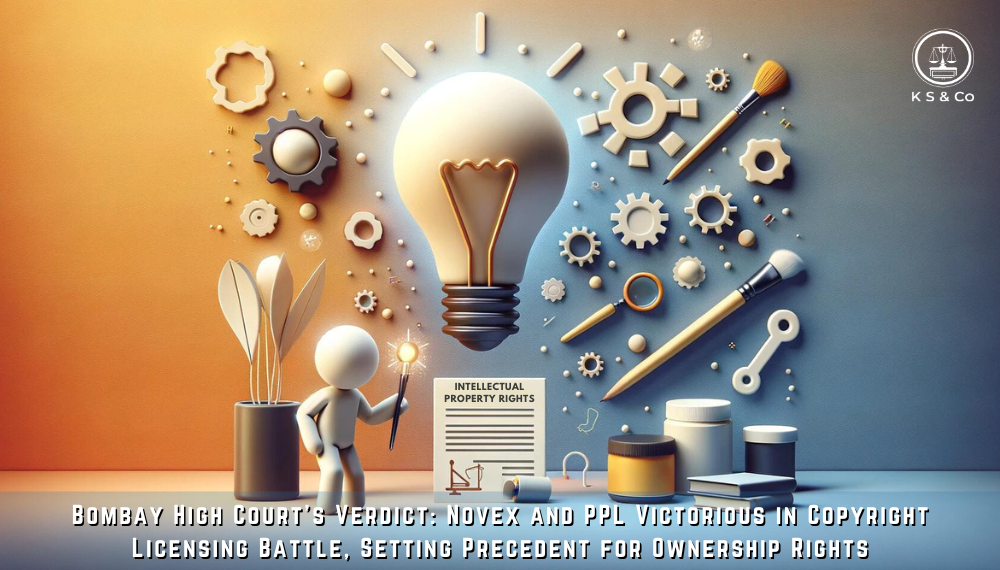
By K Singhania & Co | June 17, 2016
Published in
GST : A Better Trade Regime
All the stakeholders are eagerly waiting for the monsoon session of the Parliament to commence having a hope that the expected Constitutional (122nd Amendment) Bill, 2014 on Goods & Service Tax (“GST”) will be passed, paving the way for GST in India. Presently there are endless indirect taxes in the system out of which some of them are levied by the Centre and rest is levied by the States. There are many shortcomings in the Present Indirect Tax structure. All these shortcomings lead us to adapt a new system of Taxation of Goods & Service Tax (“GST”) for ease of doing the business. GST is going to be a destination based tax. It will be charged on the supply of Goods and Services. All indirect taxes will get subsumed under GST.
Impacts & highlights of Draft Model GST Law:
- All the major indirect taxes i.e. Central Excise, Service tax, VAT/CST etc., are proposed to be brought under the realm of GST. Hence, the existing concepts of manufacturing of Goods or provision of Services and sale of Goods will no longer be relevant and common base is required to be arrived at for levy and collection of GST in all cases.
- There is shift in taxable events from manufacturing or selling goods or providing services to “Supply of Goods and Services”.
- The term ‘supply’ plays a crucial role. As under GST, tax would be levied on supply of goods & services and the present concepts of manufacture, rendering of services, sale would loosen its relevance.
- GST has the dual model consisting two elements i.e. Central GST and State GST. Two parallel Statutes –one at the Centre and other under the respective State GST Act –They govern tax liability of the similar transaction.
- The incidence of tax will follow the destination principle and the tax revenue in case of SGST will ensue to the State where the imported goods and services are consumed.
- Full set-off will be available on the GST paid w.r.t. import of goods and services.
- The existing Central Sales Tax will be discontinued. Instead, a new statute known as IGST will come into place. It will empower the Central Government to levy the tax and collect it on the inter-state transfer of the Goods and Services. Rate of IGST will roughly be equal to the sum of CGST and SGST.
- The current tax regime imposes significant cost in terms of money and time on interstate road freight via interstate checkpoints and toll gates. This makes producers less competitive as 60% of the time of trucks is spent on checkpoints & toll gates. GST aims to remove barriers to interstate trade & logistic inefficiencies. For the Government flagship project of “Connecting India like never before”, the task is to provide physical infrastructure that will allow goods & passengers to move across the country comfortably that will bring various parts of the country together. It will link producers to distant markets to promote economic specialization. GST can act as one of the catalyst factors facilitating Government in connecting India contributing to its economic growth.
Summary of matters proposed/ discussed in the Meeting of the Empowered Committee of State Finance Ministers on GST, in Kolkata on Tuesday, June 14, 2016 & its implications:
- All states except Tamil Nadu were on board.
- Individuals and entities with an annual turnover of Rs. 10 lakh or more could be under goods and service tax laws, widening the tax base of the government. In the northeastern states the threshold is lower at Rs 5 lakh. The current threshold for excise is Rs 1.5 crore. Hence, many more transactions would come under the central tax net.
- If there is any loss of revenue to the state, it would be the liability of the Centre to compensate for it.
- The Centre is flexible on the issue of additional 1% tax for 2 years as compensation to the manufacturing states.
- The government is open to the idea of mentioning the GST rate in GST Act, but not in the Constitution as that will make it difficult to change the rate.
- For e-commerce companies, taxes will be collected at source leading to significant compliance burden on e-commerce companies, as many of them deal with thousands of vendors.
- The proposed goods and services tax may apply to free articles given away with those purchased resulting into burden on buyers to pay GST on the article that comes free, significant impact on the sales & marketing expenditure of companies- especially those dealing in consumer products. But the clarity of the draft laws has been appreciated. Experts feel that the draft is one step closer to GST and it puts to rest all the confusion around the definition of goods or service under the law should consist of.
Current Status & Steps Ahead:
With the empowered committee of state finance ministers making headway in Kolkata, the road ahead becomes clearer.
In the House: The Constitution Amendment Bill for the Goods and Services Tax will be taken up by the Rajya Sabha in the Monsoon session. The Lok Sabha has already cleared it.
In the states: At least 50% of the state legislatures have to ratify the Bill. After Tuesday’s meeting, all states expect Tamil Nadu are on board.
The draft GST law is in the public domain for feedback. If the constitutional amendment Bill is passed in the upcoming monsoon session, the levy could rollout from April 1, 2017. GST is a positive step, a game changer & the biggest tax reform since independence. Once physical ground work is in place & GST forms the legal and fiscal foundation, it could be a good start to a better trade regime.
Subscribe to our Newsletter
Sign up for daily, weekly, monthly newsletter to get the latest news updates delivered directly to your inbox.
Recent Posts
-

Protecting Brands In India And Europe: Comparison Of Trademarks Laws
February 21, 2024



Leave a Reply